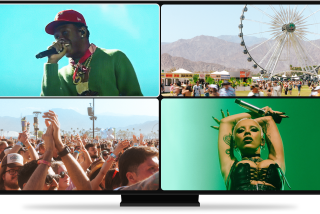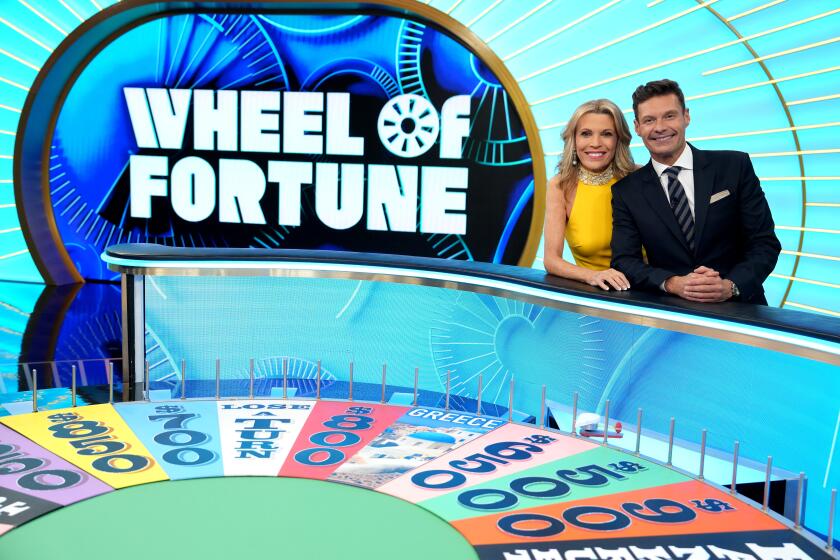Can your cat play piano?
To many Hollywood executives, “user-generated content” means short videos of cats playing the piano. In other words, it’s not the kind of competition that threatens people who make $100-million movies. But a spate of new studies provides a more detailed picture of consumers’ efforts to create content for themselves and their friends, and the results spell trouble for Tinseltown.
Consider the research recently published by Deloitte, a consulting firm, on what it calls “the media democracy.” Following up on a similar survey last year, the firm interviewed more than 2,000 Internet users age 13 to 75 about the media they created and consumed. More than half said they were creating more of their own entertainment by editing their own photos, videos or music, and nearly half said they were creating music, videos, photos, blogs and websites for others to see and hear. Reflecting how cheap and easy it is to distribute content online, one in three surveyed considered themselves “broadcasters.” Almost 70% said they were watching or listening to content created by other Internet users and that their computers had become more of an entertainment device than their TVs. In nearly every case, these percentages were significantly higher than they were a year ago.
Meanwhile, the audience for online video is burgeoning. According to the Center for Media Research, 60% of broadband users watch or download video from the Net at least once a week. The most popular material, the center reported, is news and nonprofessional content posted by users. And a recent survey by the Pew Internet & American Life Project found rapid growth in the percentage of Internet users who had visited user-generated video-sharing sites, as well as those who were going there regularly. Nearly half had visited sites such as YouTube at least once, and 15% said they’d visited within the last day -- almost twice as many as in the previous year’s study.
Granted, Internet users aren’t necessarily representative of society at large. But almost as many U.S. adults have access to a high-speed Internet connection at home, school or work as subscribe to cable or satellite TV. Slowly but surely, the distinction between Internet users and the general public is vanishing.
The implication for Hollywood and the entertainment industry in general is that more consumers are spending more time with content that’s not commercially produced. That may not affect the amount of cash that people are willing to set aside to see Hollywood blockbusters. But the more time they spend creating and consuming user-generated content, the less they’ll have for everything else. It’s not the piano-playing cat that threatens Hollywood, it’s what the cat represents: the urge to make something digital, and to see what everyone else is making.
More to Read
The biggest entertainment stories
Get our big stories about Hollywood, film, television, music, arts, culture and more right in your inbox as soon as they publish.
You may occasionally receive promotional content from the Los Angeles Times.









